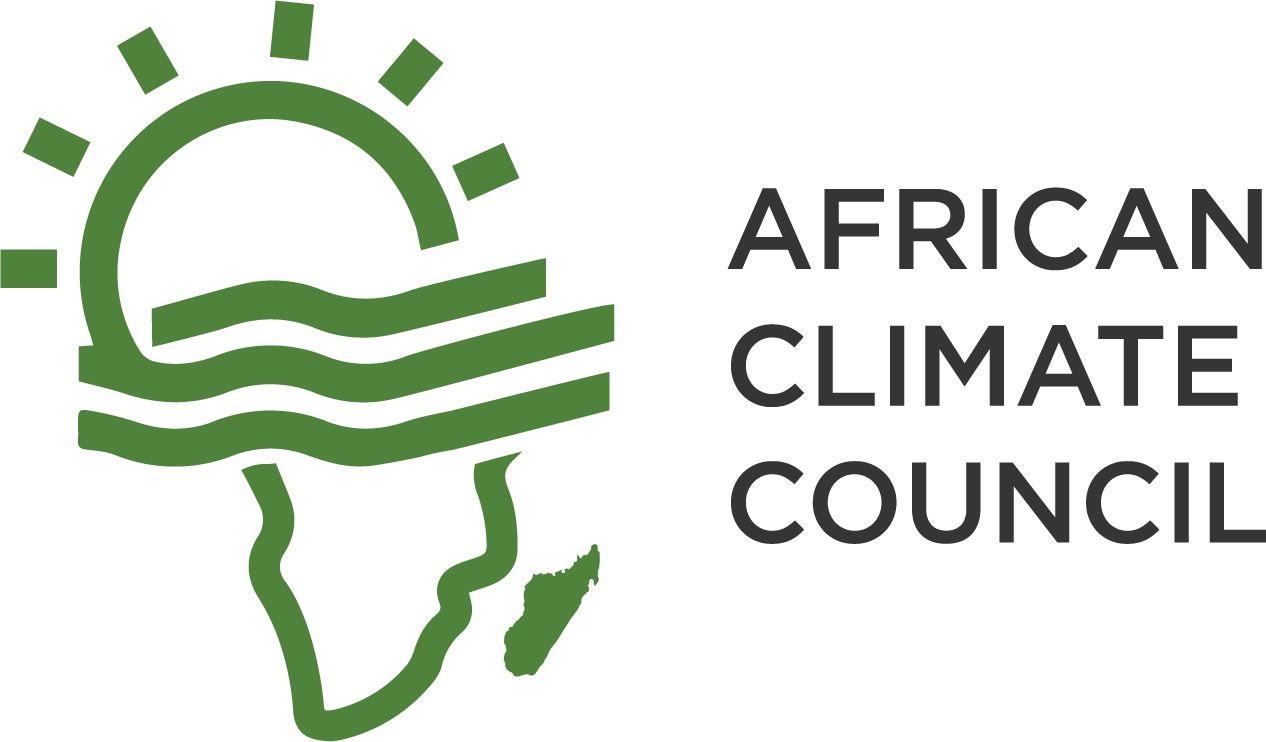
The Kenya Met Department warns citizens to prepare for heavy rainfall across different regions. They include the following: Coast, North Eastern, South Eastern lowlands Riftvalley, Western and Central region.
Apart from the coast and North Eastern, marked areas are mainly highland regions. The coastal area has however experienced the worst rainfall periods, with the recent between December (2023)-January (2024) causing one of the worst floods. Considering the unpreparedness, thousands were displaced, with property worth millions destroyed.
Continued unfortunate results might be impending, with the Met department adding that the rainfall might reach 43mm in southeast lowlands and coastal areas. Red Cross urges households in danger zones to vacate early and avoid the flash floods dangers.
Apart from the destruction of property, floods intensifies the spread of diseases, including cholera, and typhoid. Meanwhile, farmers in designated regions are in for a loss, with rains already destroying acres of food crops. This heightens the food crisis in the country, with the government admitting shortage in recent months.
On the other hand, Northern Kenya continues experiencing high temperatures, projected to be upwards of 30 Degrees Celsius in daytime, and highs of 25 Degrees Celsius in the night.
Together with the floods, high temperatures show Kenya’s vulnerability to climate change. Immediate climate mitigation actions ought to be taken to help curb the situation. This includes increasing the forest covers and building dams in floods-threatened regions.


Add a Comment